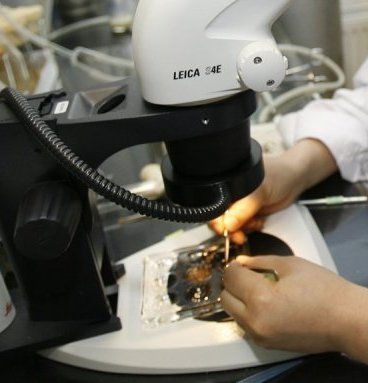Paralysed man walks again after pioneering cell transplant
A Bulgarian man who was paralysed from the chest down in a knife attack can now walk with the aid of a frame after receiving pioneering transplant treatment using cells from his nose. The technique, described as a breakthrough by a study in the journal Cell Transplantation, involved transplanting what are known as olfactory ensheathing cells into the patient’s spinal cord and constructing a “nerve bridge” between two stumps of the damaged spinal column.
We believe… this procedure is the breakthrough which, as it is further developed, will result in a historic change in the currently hopeless outlook for people disabled by spinal cord injury.
Geoffrey Raisman, professor at University College London’s institute of neurology
Geoffrey Raisman, a professor at University College London’s (UCL) institute of neurology, who led the research, worked with surgeons at Wroclaw University Hospital in Poland to remove one of Fidyka’s olfactory bulbs, which give people their sense of smell, and transplant his olfactory ensheathing cells (OECs) and olfactory nerve fibroblasts (ONFs) into the damaged area. They used a nerve bridge constructed between the two stumps of the damage spinal column, they said in the study. The 38-year-old patient, Darek Fidyka, was paralysed after suffering stab wounds to his back in 2010. Following 19 months of treatment, he has recovered some voluntary movement and some sensation in his legs, his medics said.
While this study is only in one patient, it provides hope of a possible treatment for restoration of some function in individuals with complete spinal cord injury.
John Sladek, a professor of neurology and paediatrics at the University of Colorado School of Medicine

Health paralysed man walks